The longest "lohani" of the First World War
Next, remember the parable of a man that turned to God with a request for giving. “Dame,” answered God, “everything you ask for, but your neighbor is twice as large!” The man thought and asked to take out one eye from him! Alas, we are so arranged that we rejoice in what has happened not with us, but with someone else in relation to stories Tanks happening all the same. We explain our unsuccessful decisions, but strangers ... However, yes - others' technical solutions were sometimes horribly primitive, although they were made seemingly by intelligent and technically competent people. And, perhaps, the best illustration of this statement will be the story of attempts to increase the length of the British and French tanks during the First World War.
Any war is a contest of sword and shield. So the Germans responded to the appearance of British tanks (when their first shock had passed) with a very clear action: they began to dig wide and deep anti-tank ditches in tank-dangerous directions. For the Mk I-IV tanks this was a “strong answer”, since they were rather short and, once in such a ditch, they could not get out of it themselves. In response, the British began to build the Mk V. tanks. The main thing in them was not only thickening of armor against German armor-piercing bullets, but also an increase in engine power, which is always useful for a tank. However, it did not solve the increase in tank maneuverability. Fashin applied. These huge bundles of brushwood were piled up onto the tank hull, then, if necessary, dumped into the moat, for which purpose “rails” were placed on the Mk.V from the corner. But the fascists unmasked the tanks on the battlefield, made it easy to shoot. To reset the fascina, the crew had to leave the tank under fire.
It was then that the British decided to lengthen the tracks on the tanks. The design was named “Tedpol tail” - “Tadpole tail” and this name in this project turned out to be its most successful component. Two elongated branches of the caterpillars docked to the rear of the tank, with the Flying Pig mortar platform also being placed between them. That is, the idea was again a good one: the tank was going, and the mortar bombarded targets in front of it. But in practice everything turned out to be not so simple. The stiffness of the British “rhomboid” undercarriage was attached to the body connecting the tracks. Where it was not, there were strongest tensions, simply tracked the "tail" broke off. The center of gravity strongly moved forward, so this tank was even easier (!) To fall into the ditch than the non-modernized one. Moreover, it turned out to be quite inconvenient to drive and shoot from a mortar at an invisible target. It was possible, of course, to stop the tank, how to aim, shoot and go. But for a long time, a tank with anti-bullet armor fading on the battlefield is not the smartest solution to increasing its effectiveness.
Then they decided to do it differently: the body of the Mk IV was cut in half right behind the sponson, and inserted a section of length 6 feet. The transmission did not change, and the tank itself was called the Mk V * ("With a star"). Before the truce, 579 had time to release such cars and most of them took part in the battles. Similarly, the Mk V tanks were extended as such, but they received the name Mk V **. The length of the tank was 9,88 m, and the width of the moat that he could move 4,27 m. Moreover, the engine on this machine was pushed back, which improved its balancing and patency.
A special track bridge, 6 meters in length, was also invented, which could be located in front of the tank and did not actually interfere with its movement. Installing the bridge took only 2 minutes, so the problem seemed to be solved. True, everyone noted that the maneuverability of the new tank had deteriorated significantly.
Then they decided to further lengthen this tank and thus get the tank Mk V ***. Work on it was carried out, but there were so many alterations that in the end the tank was called the Mk X. It was made only in a wooden layout. Model
Mk VIII received priority, but Mk V *** / Mk X did not see the light.
But this is only “the tip of the iceberg”, but “under water” projects hid even more amazing than “Tadpole Tail”. So it occurred to someone that if tanks are a “land fleet”, then the bulk of them must have a flagship tank. Longer, all-terrain and strong, to break through the enemy’s defenses and take fire on themselves, while the rest of the tanks were crossing the same moat and would inevitably be somewhat hesitant. Project “Leader flotilla»From Forster’s company was presented in the summer of 1916, but in the end (though only on paper!) A huge car was obtained, almost 13 meters long! Weight - about 100 tons, two Daimler engines of 210 hp. each, four tracks to improve cross-country ability and armament: two 57-mm guns and 14 Lewis machine guns! Since all four caterpillars worked from one shaft, and two located between two external tracks in the rear of the tank could also rotate on their own axis, regardless of the external ones, its cross-country capacity should have been very large. The armament was grouped in such a way that most of it was in the nose, so that the "leader", as expected, could develop a very strong fire forward. But the weight! But the cost !!! Therefore, they decided not to build them.
And then someone again thought, but what if the tank Mk V * is equipped with the “Tadpole Tail” tracks - suddenly something worthwhile comes out. Indeed, in this case, the Germans will not be able to dig out the corresponding ditch, because the amount of work for them will grow exponentially. And they did! The result was a 12-meter tank, which could only go in a straight line. The rigidity of the tracks outside the hull also raised strong doubts. But the interest of those who offered this project was thus satisfied. Rich England could afford it.
But then, when the tank Mk VIII appeared, they also wanted to add five sections to it: two in front of the gun sponson and three more behind it. Again, the 12-meter tank weighing about 50 was supposed to work, but the designers already had the experience of such a machine, so they did not build this miracle of technology. The Mk IX tanks, which were mass-produced, were very long, which was connected, however, not so much with the need to force the moats, as with its mission - to deliver armed soldiers to the 50 battlefield. They made them all 35, they actually did not have to make war, but they went down in history as the longest and most capacious tracked armored personnel carriers in the world!
That is, it is obvious that, in terms of technical decisions, they were taken according to the “amebic principle” - the simplest and most obvious answer followed every action: they are wider, we have longer! Probably, in those conditions it was exactly like that. It was the simplest and most obvious solution. But then why was it necessary to design and even build tanks in 12 meters long, if the military noted that the turning of tanks “with a star” had deteriorated sharply? After all, it was possible to calculate by the method of comparative analysis that such a long tank would be completely out of control, and when passing through a fairly wide moat it would simply break in half. But apparently, somehow people did not really think about it. "What if, and if ?!" - eclipsed all the arguments of reason!
The length of the tanks occupied the minds of the French military. They saw that their SA.A. 1 and Saint-Chamonon were slowing down in front of a little bit wide trenches of the Germans. Staff officer Charles de Poux, who proposed a double-topped tank in the first tower (gun in the first tower, second gun in the second machine gun) 1915 meters long, was only one meter shorter than the English McCain. The armor covered the entire tank around the perimeter, and a high tracked loop it seems to have promised better throughput, but for some reason the project was rejected.
Instead, it was created heavy tank breakthrough 2C. It is clear that the military wanted to have a tank at the end of the war, but in reality they only received it by the end of 1921. Before this, in the course of the work, three prototypes were ordered, and during the tests, again, great attention was paid to overcoming the moats. The resulting tank easily climbed over a ditch 4 m wide (for comparison, a modern T-90 tank overcomes a ditch no more than 2,5 meters wide, a wall no more than 0,8 meters and a ford no more than 1,2 meters). He received armor that defended him from the German 77 field gun and his own names, like the ships of the Navy! And in the end, 2С is rightfully considered the crown of heavy tank building, since it was heavier than one of its modifications that tanks were not built at all! Still, it was too long - 10,27 m. The famous English Independent had a length of 7,60 m, and our Soviet T-35 was 9,72 m. So frankly unsuccessful designs were made all over the world and no one was immune from it !
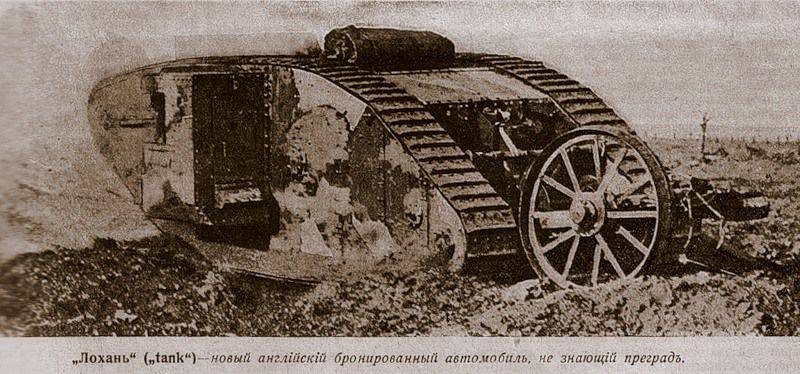
Tank "tub" from the "Niva".
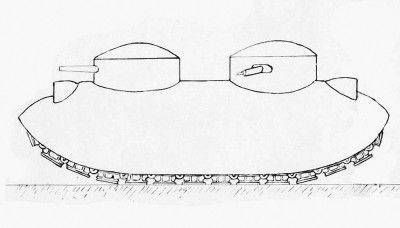
Project tank Charles de Pois
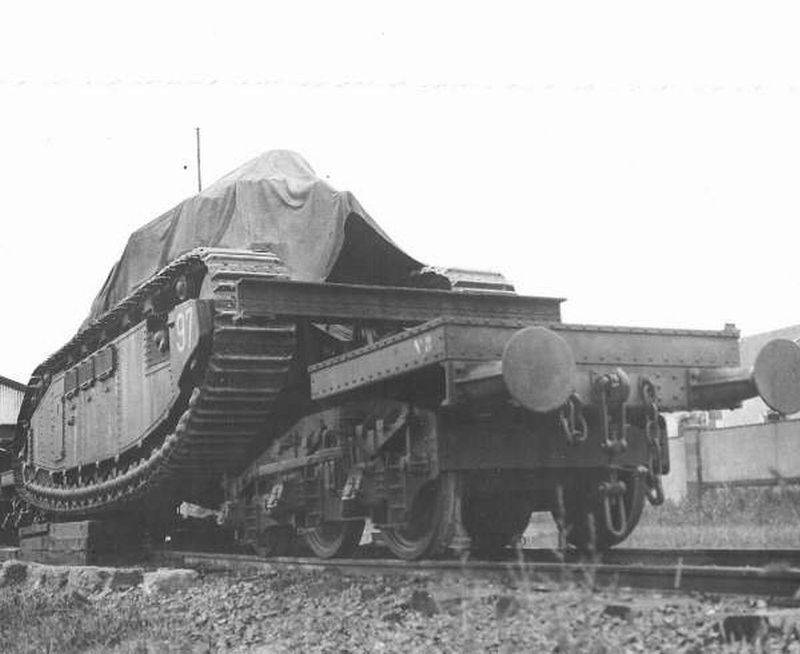
Carried tanks 2S so!
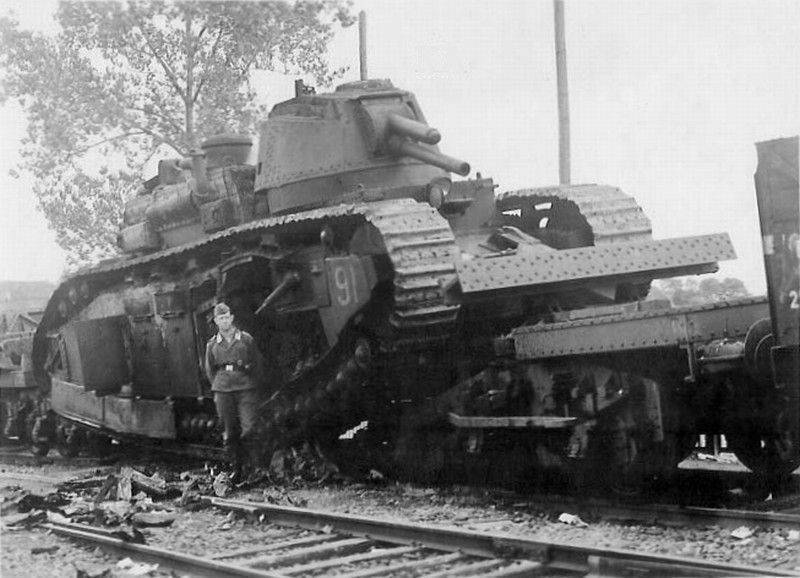
The Provence went to the Germans in this form ...
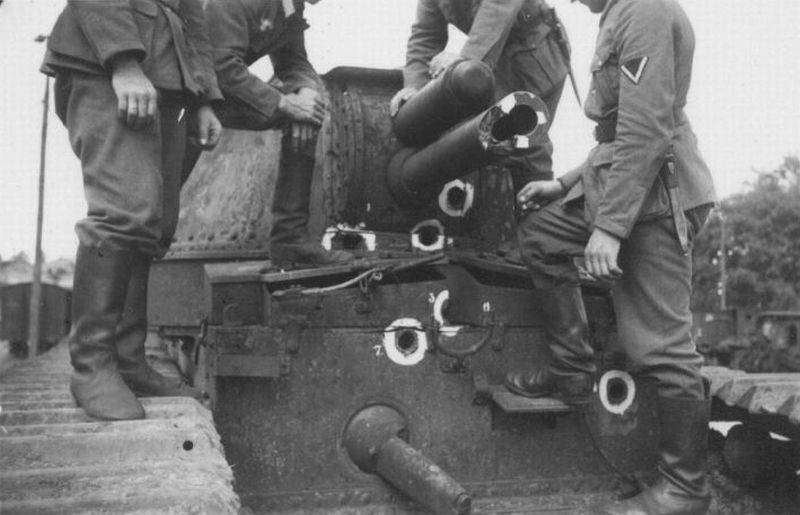
Tank "Normandy" after testing the German guns.
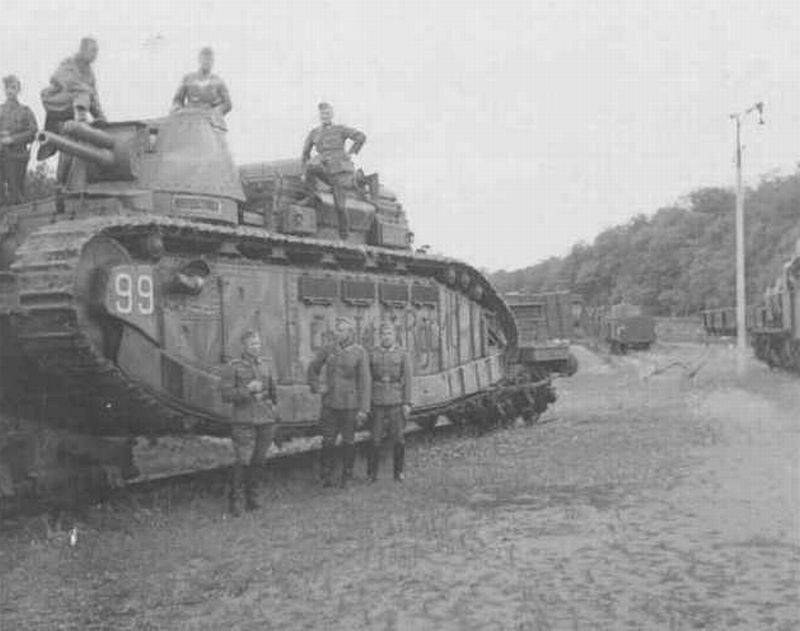
Tank "Champagne" in the hands of the Germans.
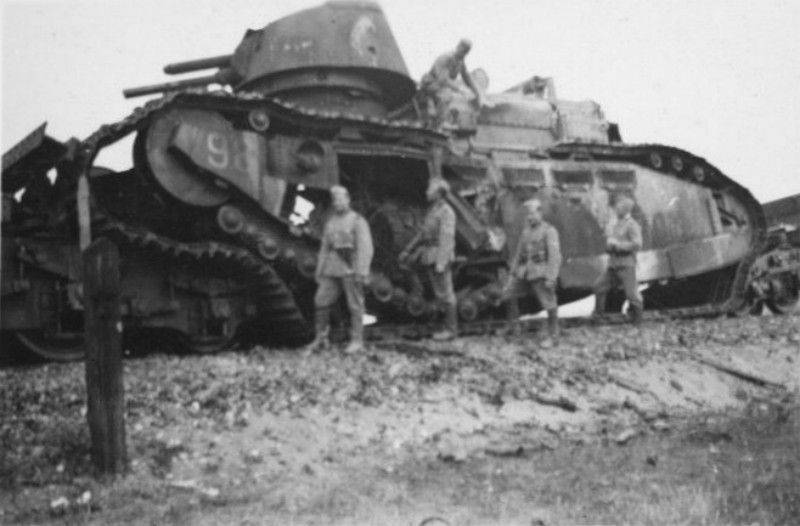
But with the "Berry" the Germans were not lucky!
Information